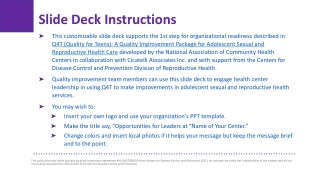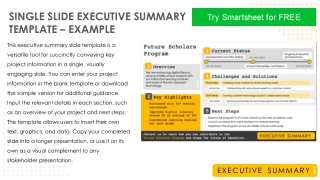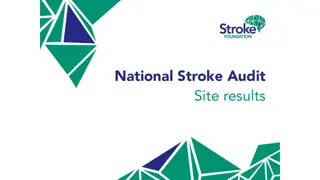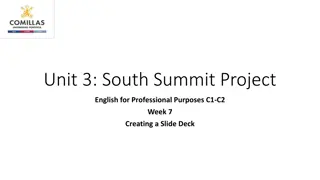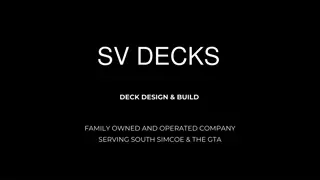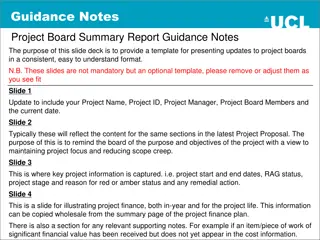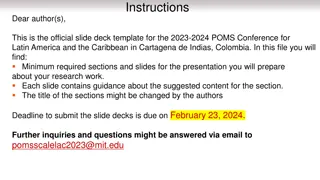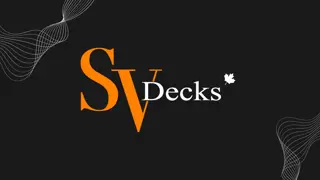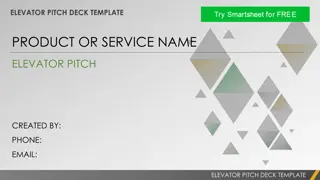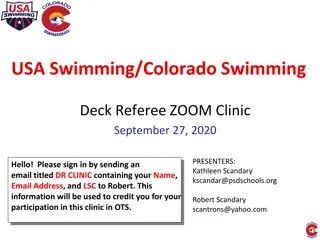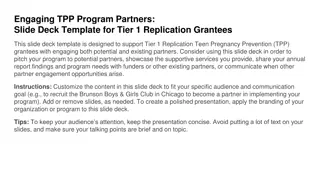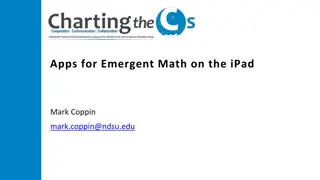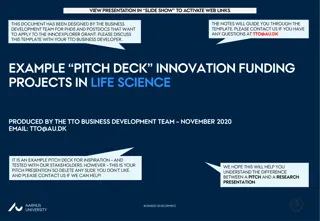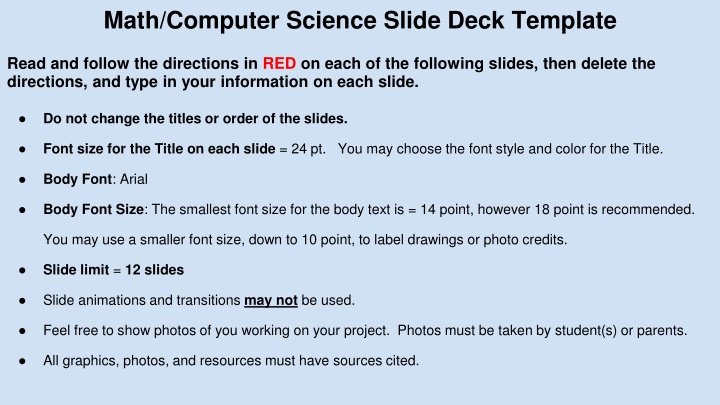
Creative Math and Computer Science Projects: Innovations and Discoveries
Explore innovative math and computer science projects showcasing new theorems, concepts, and problem-solving techniques. Dive into detailed research and findings to witness groundbreaking solutions and advancements in the fields. Discover the intersection of mathematics and technology in a captivating presentation.
Uploaded on | 1 Views
Download Presentation

Please find below an Image/Link to download the presentation.
The content on the website is provided AS IS for your information and personal use only. It may not be sold, licensed, or shared on other websites without obtaining consent from the author. If you encounter any issues during the download, it is possible that the publisher has removed the file from their server.
You are allowed to download the files provided on this website for personal or commercial use, subject to the condition that they are used lawfully. All files are the property of their respective owners.
The content on the website is provided AS IS for your information and personal use only. It may not be sold, licensed, or shared on other websites without obtaining consent from the author.
E N D
Presentation Transcript
Math/Computer Science Slide Deck Template Read and follow the directions in RED on each of the following slides, then delete the directions, and type in your information on each slide. Do not change the titles or order of the slides. Font size for the Title on each slide = 24 pt. You may choose the font style and color for the Title. Body Font: Arial Body Font Size: The smallest font size for the body text is = 14 point, however 18 point is recommended. You may use a smaller font size, down to 10 point, to label drawings or photo credits. Slide limit = 12 slides Slide animations and transitions may not be used. Feel free to show photos of you working on your project. Photos must be taken by student(s) or parents. All graphics, photos, and resources must have sources cited.
Title (Type creative project title here) Theorem or Problem: (The theorem you are proving or problem you are going to solve) . Name: School: Teacher:
Summary Write the Summary last, after all your results and analysis are finished. The Summary is a description of your project, (250 words or less) and must include: Theorem or Problem Methods Findings and brief discussion (no graphs) Conclusion (the proof or solution to your theorem/problem based on your findings and with an accurate scientific explanation).
Background Research Brief summary of what is known or has already been done in your research area. Include a brief review of relevant literature. Describe how the proposed project is new compared to what has already been done If this is a continuation project, a brief summary of your prior work is appropriate here. Be sure to distinguish your previous work from this year s project. Provide citations for the all the resources used throughout the project.
Theorem or Problem What is your research question? What theorem/concept are you trying to prove (Math) or problem are you trying to solve (computer science)? Note: For projects involving computer programming, machine learning, or artificial intelligence you might find it useful to consult slide 5 from the engineering template
Notation and Framework Introduce the concepts and notation needed to specify your research question, procedures, and results precisely. Define relevant terms and explain prior/background results. Novel concepts developed as part of your project can be presented here or in Findings slides, as appropriate.) If you are collecting data or using other existing data, describe the source, sample size, and how it will be (was) collected. Note: For projects involving computer programming, machine learning, or artificial intelligence you might find it useful to consult slides 6 & 7 from the engineering template
Notation and Framework (contd) Use a second slide for your notation and framework if needed Note: For projects involving computer programming, machine learning, or artificial intelligence you might find it useful to consult slides 6 & 7 from the engineering template Introduce the concepts and notation needed to specify your research question, procedures, and results precisely. Define relevant terms and explain prior/background results. Novel concepts developed as part of your project can be presented here or in Findings slides, as appropriate.) If you are collecting data or using other existing data, describe the source, sample size, and how it will be (was) collected.
Results Data/Observations What did you discover and/or prove? Describe in detail. If possible, provide both formal and intuitive/verbal explanations of each finding. Describe your methods in general terms. Then: Present rigorous proofs of the theory results or the details of the algorithm you created (if the arguments are long, give sketches of the proofs or your algorithm that explain the main ideas here and then include the details of your proof or the details of the computer algorithm you created in the Lab Notebook images on Survey Monkey.) For numerical/statistical results, include tables and figures that illustrate your data. Include relevant statistical analysis. Were any of your results statistically significant? How do you know this? Include a data sheet for any data you collected in your Lab Notebook images on Survey Monkey.
Results Data/Observations (contd) [Use a second slide for your results if needed] What did you discover and/or prove? Describe in detail. If possible, provide both formal and intuitive/verbal explanations of each finding. Describe your methods in general terms. Then: Present rigorous proofs of the theory results or the details of the algorithm you created (if the arguments are long, give sketches of the proofs or your algorithm that explain the main ideas here and then include the details of your proof or the details of the computer algorithm you created in the Lab Notebook images on Survey Monkey.) For numerical/statistical results, include tables and figures that illustrate your data. Include relevant statistical analysis. Were any of your results statistically significant? How do you know this? Include a data sheet for any data you collected in your Lab Notebook images on Survey Monkey.
Results Data/Observations (contd) [Use a third slide for your results if needed] What did you discover and/or prove? Describe in detail. If possible, provide both formal and intuitive/verbal explanations of each finding. Describe your methods in general terms. Then: Present rigorous proofs of the theory results or the details of the algorithm you created (if the arguments are long, give sketches of the proofs or your algorithm that explain the main ideas here and then include the details of your proof or the details of the computer algorithm you created in the Lab Notebook images on Survey Monkey.) For numerical/statistical results, include tables and figures that illustrate your data. Include relevant statistical analysis. Were any of your results statistically significant? How do you know this? Include a data sheet for any data you collected in your Lab Notebook images on Survey Monkey.
Discussion and Conclusion How do the results address your research question? And how have you advanced our understanding relative to what was already known? Discuss possible limitations. Did any questions or problems arise that you were not expecting? What challenges do you foresee in extending your results further? What application(s), if any, do you see for your work?
Reflection/Application Things you might want to reflect on: How your results may be applied to everyday life? Who would be interested in knowing about the results of your project? How your results may be applied to other similar questions or studies. What next steps or future questions might you investigate?
References Cited 1. List all citations and resources, both print and electronic, including personal interviews, in alphabetical order using the APA Citation Guide: See examples at: https://www.mendeley.com/guides/apa-citation-guide 2. Citation Requirements: - Jr. Projects = Minimum 3 references - Sr. Projects = Minimum 5 references

